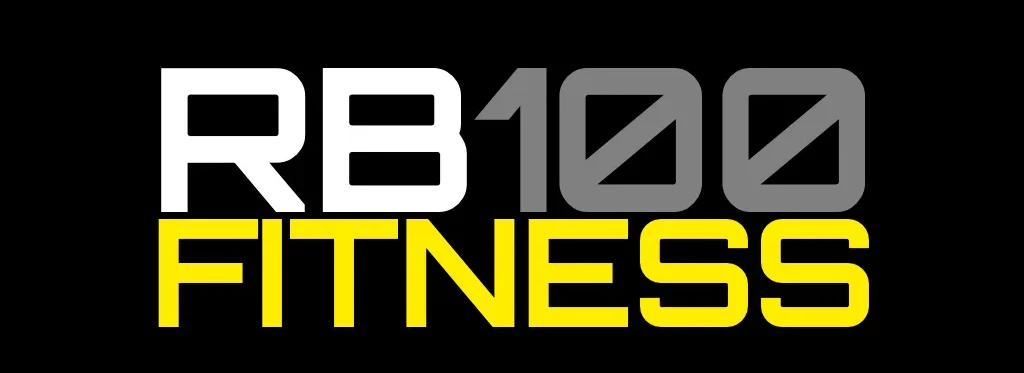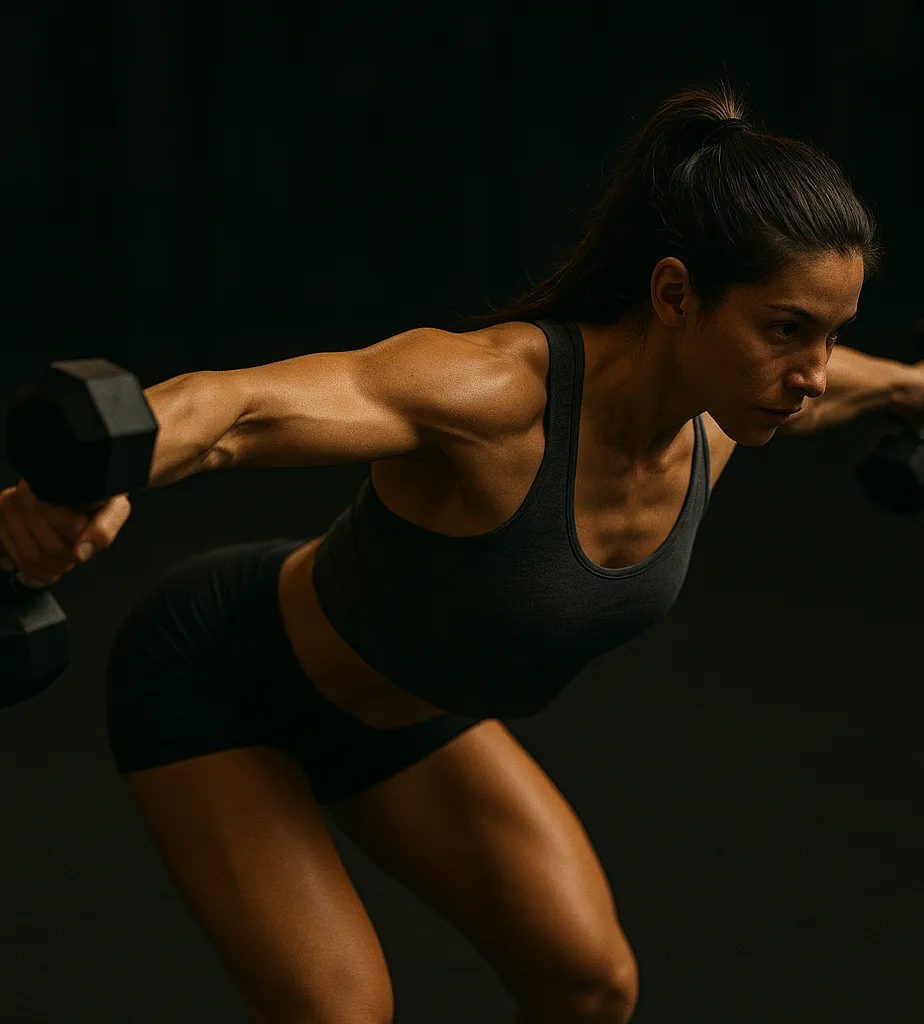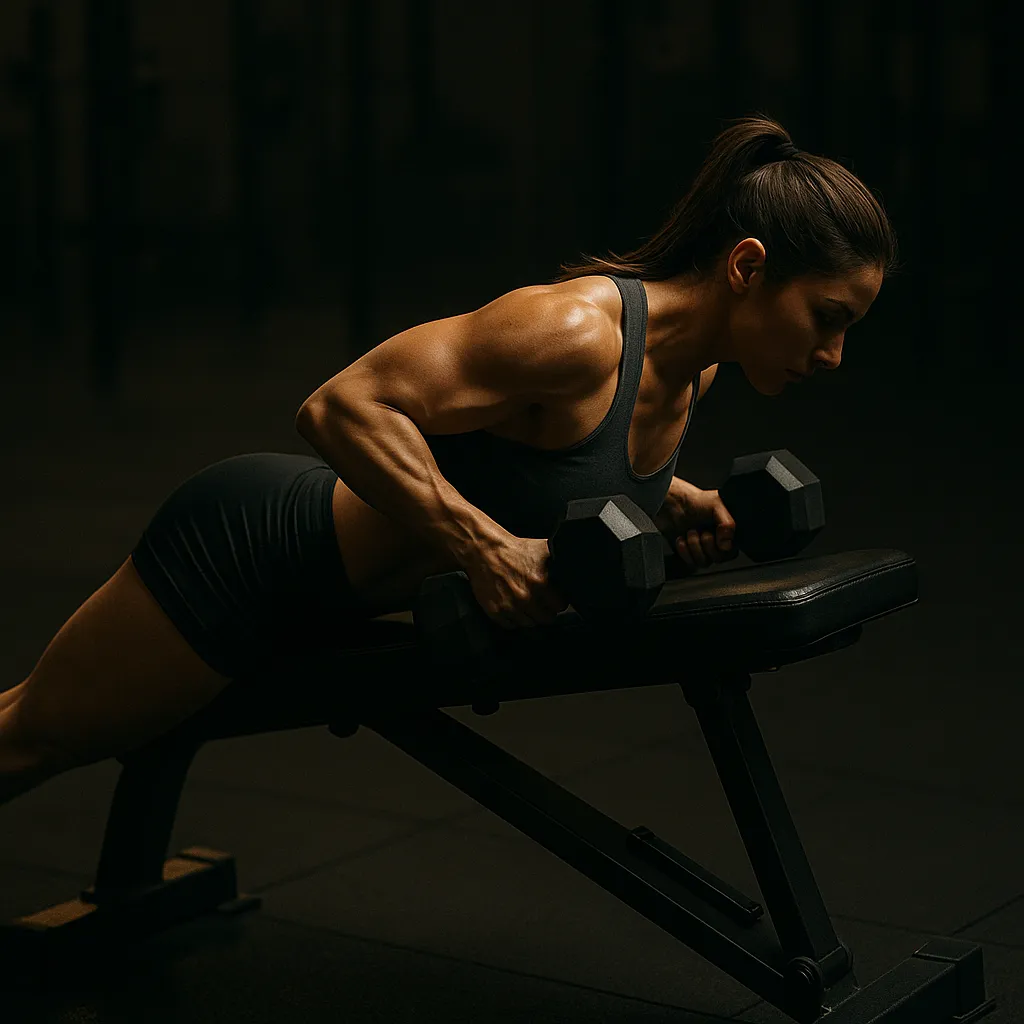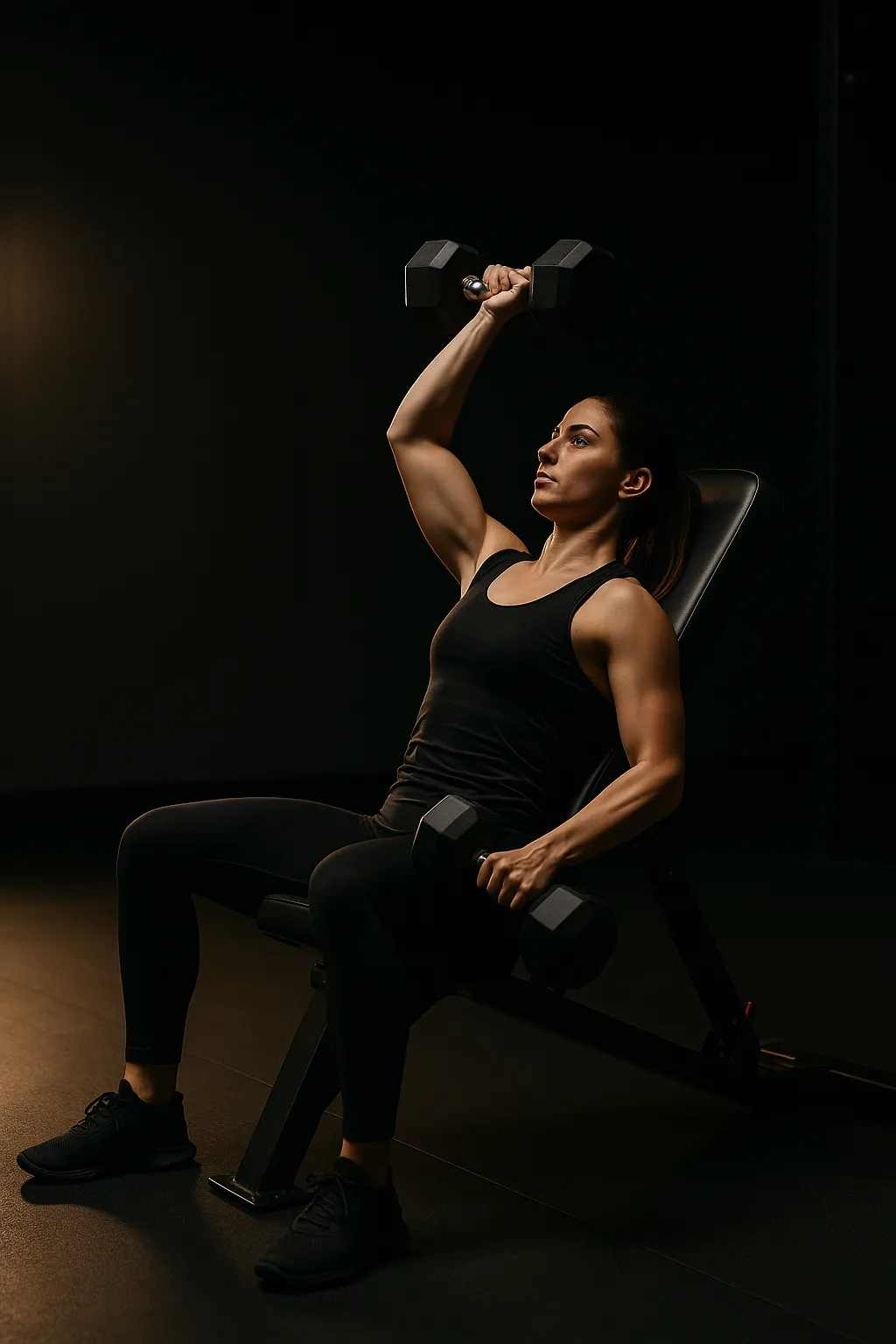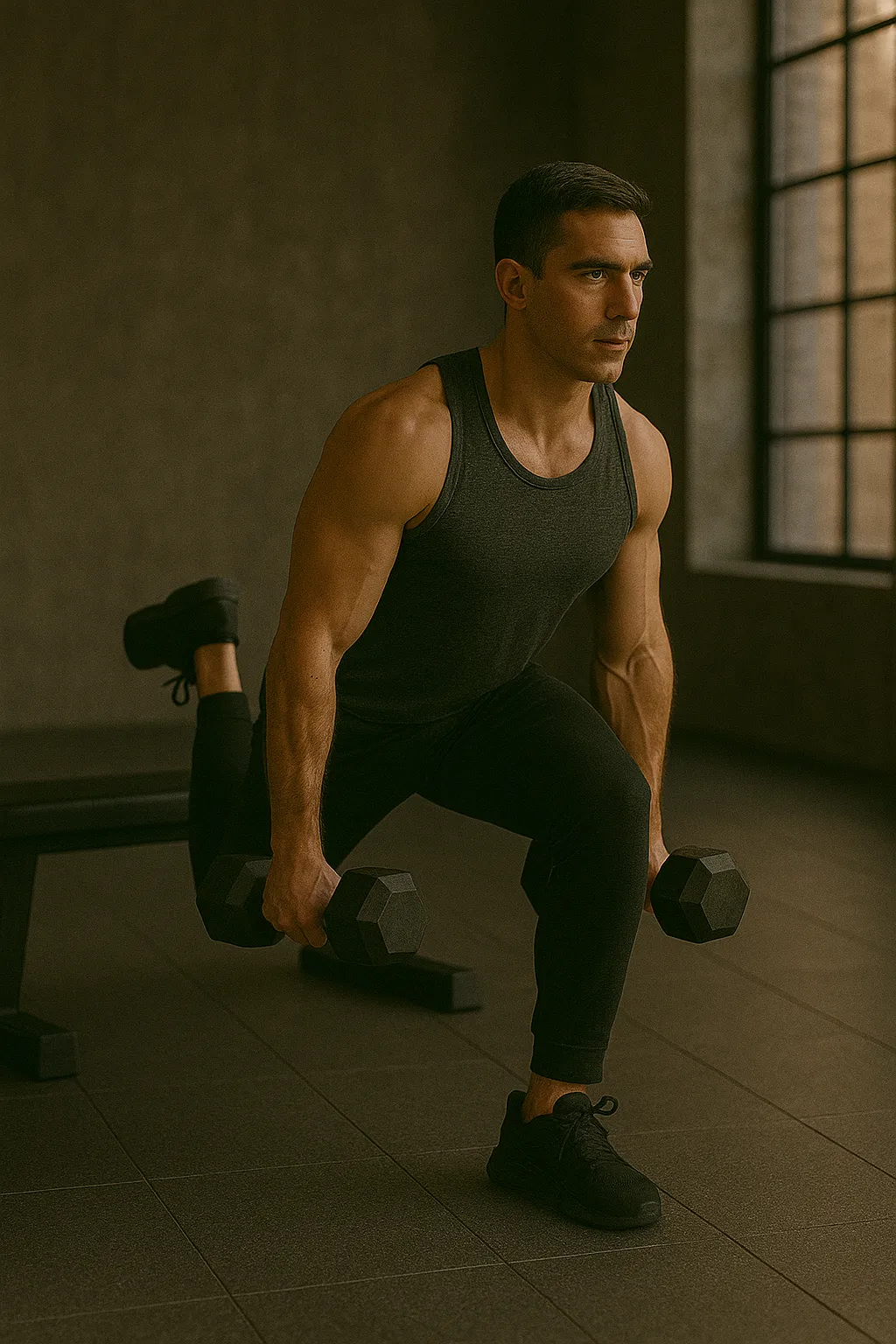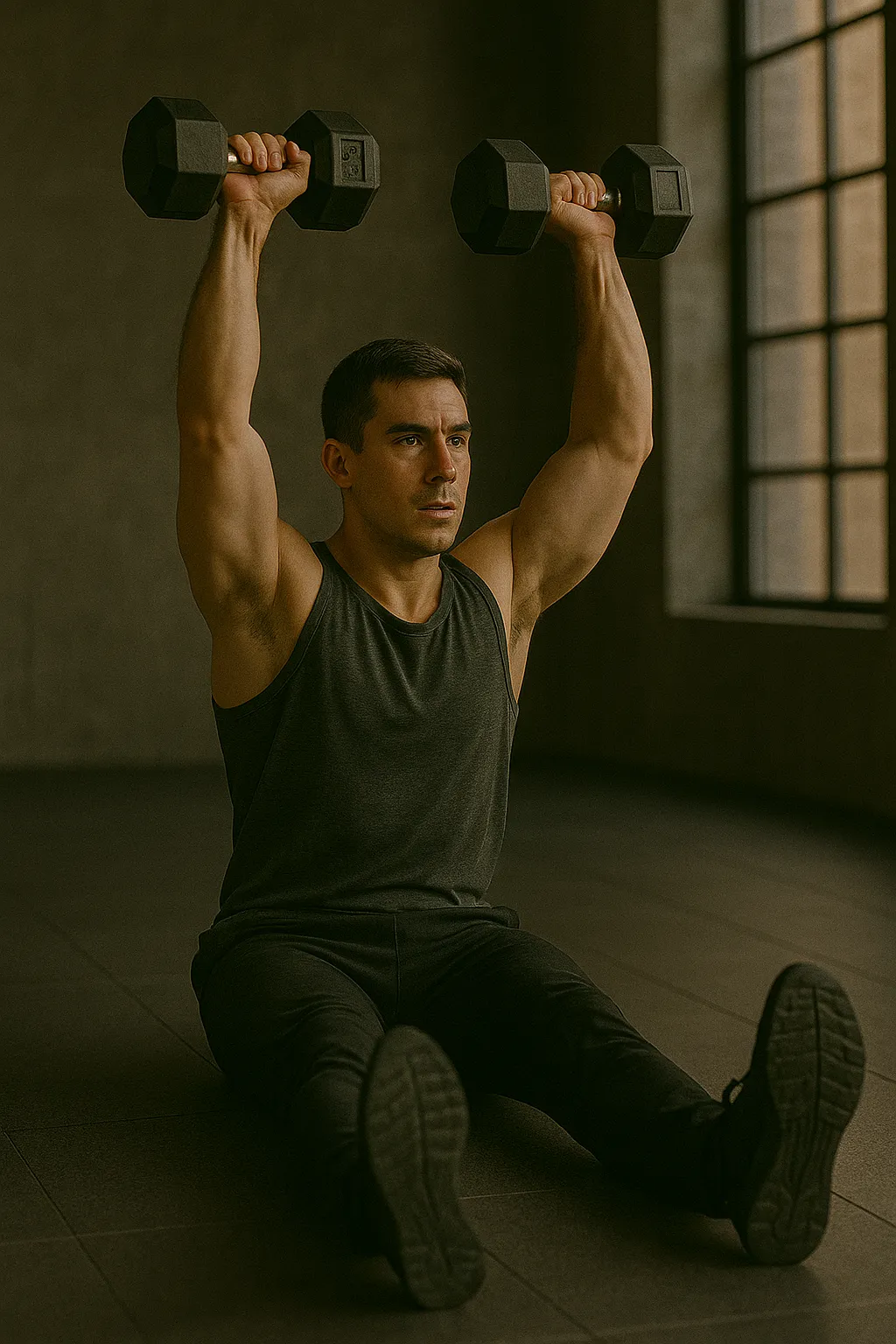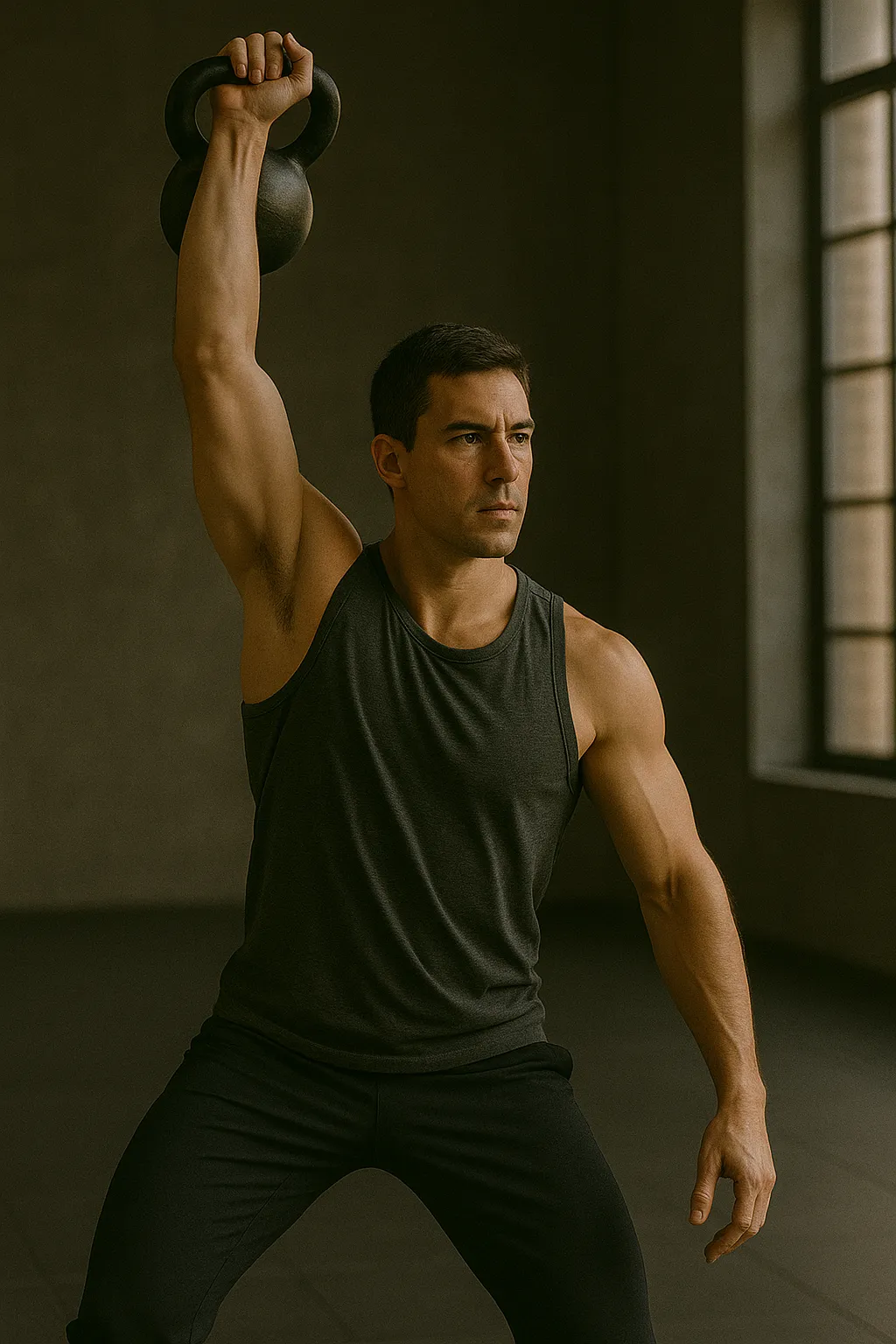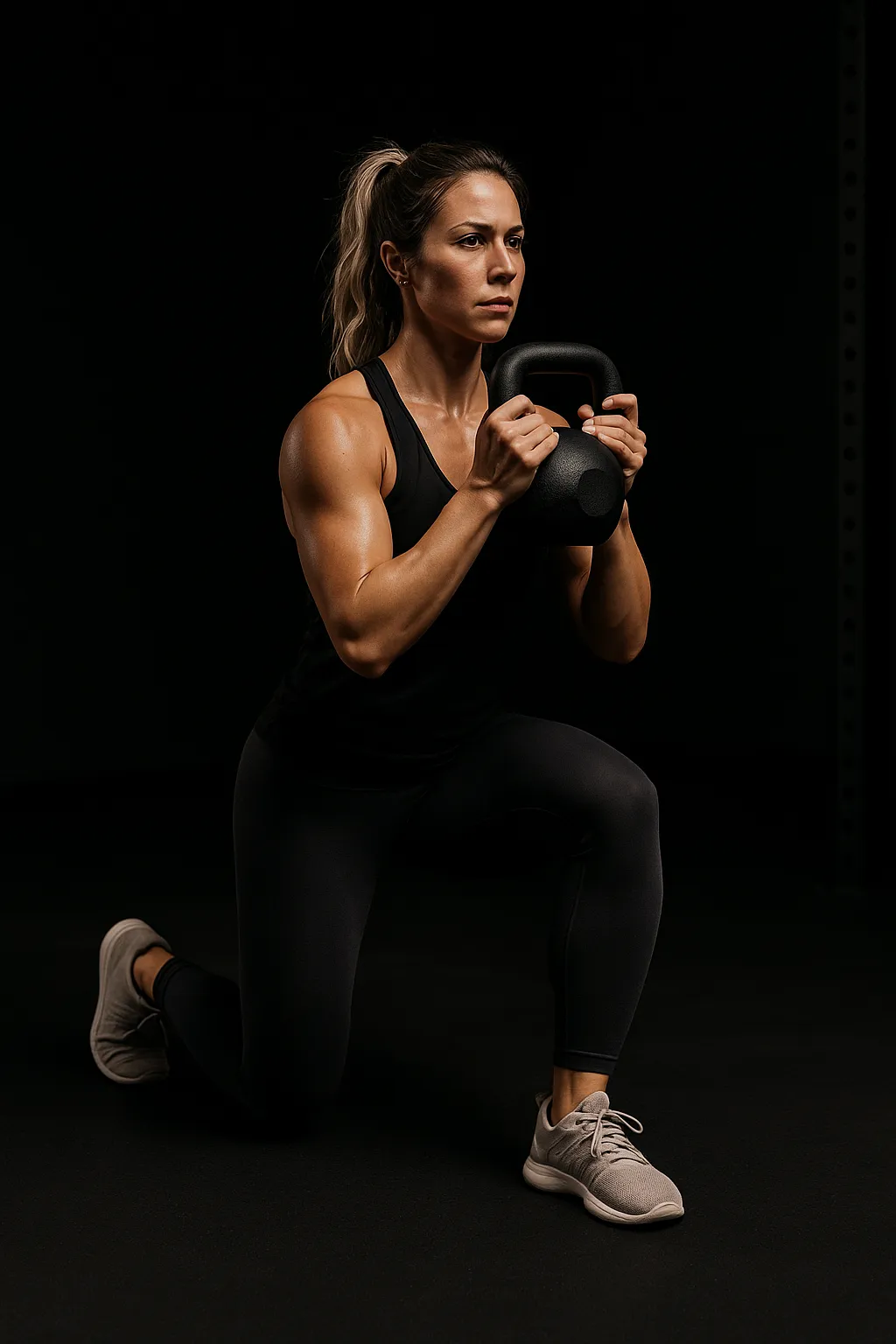Exercise Facts
| Movement Pattern | Extension, Pull, Stability |
|---|---|
| Muscle Group | Chest, Core, Lats, Triceps |
| Equipment | Bench, Dumbbell |
| Environment | Gym, Home |
| Skill Level | Advanced, Beginner, Intermediate |
| Series | Bench & Pressing Series, Dumbbell Strength Series, Functional Stability Series |
Overview
The Dumbbell Pullover is a classic strength and mobility exercise that bridges the gap between pushing and pulling movements. It develops the chest, lats, triceps, and core, while improving shoulder flexibility and rib cage expansion. This hybrid movement makes it a favorite among both bodybuilders and functional athletes.
To perform, lie across a flat bench with only your upper back supported. Keep your feet flat on the floor and your hips low. Hold one dumbbell securely above your chest with both hands under the inner plate. With a slight bend in your elbows, lower the dumbbell in a slow arc behind your head until you feel a deep stretch in your lats and chest. Then, exhale and bring the dumbbell back to the start position over your chest, keeping tension throughout the movement.
This exercise is especially effective because it trains shoulder extension, thoracic mobility, and deep breathing mechanics all at once. It strengthens the link between your upper body and core, helping you generate power in pressing, pulling, and rotational lifts. For hybrid athletes, it reinforces the foundation needed for efficient barbell and kettlebell performance.
Common mistakes include bending the arms too much, arching the back excessively, or moving too quickly through the eccentric phase. Cue “keep ribs down,” “control the arc,” and “feel the stretch before the drive.”
At Relentless Bravery Fitness, the Dumbbell Pullover represents balance — the connection between structure and movement, strength and breath.
Program 3–4 sets of 10–12 reps with a moderate load. Pair it with presses or rows for complete upper-body development.
For more on upper-body balance and shoulder health, check resources from Men’s Fitness UK and Health & Wellbeing Magazine for evidence-based mobility training tips.
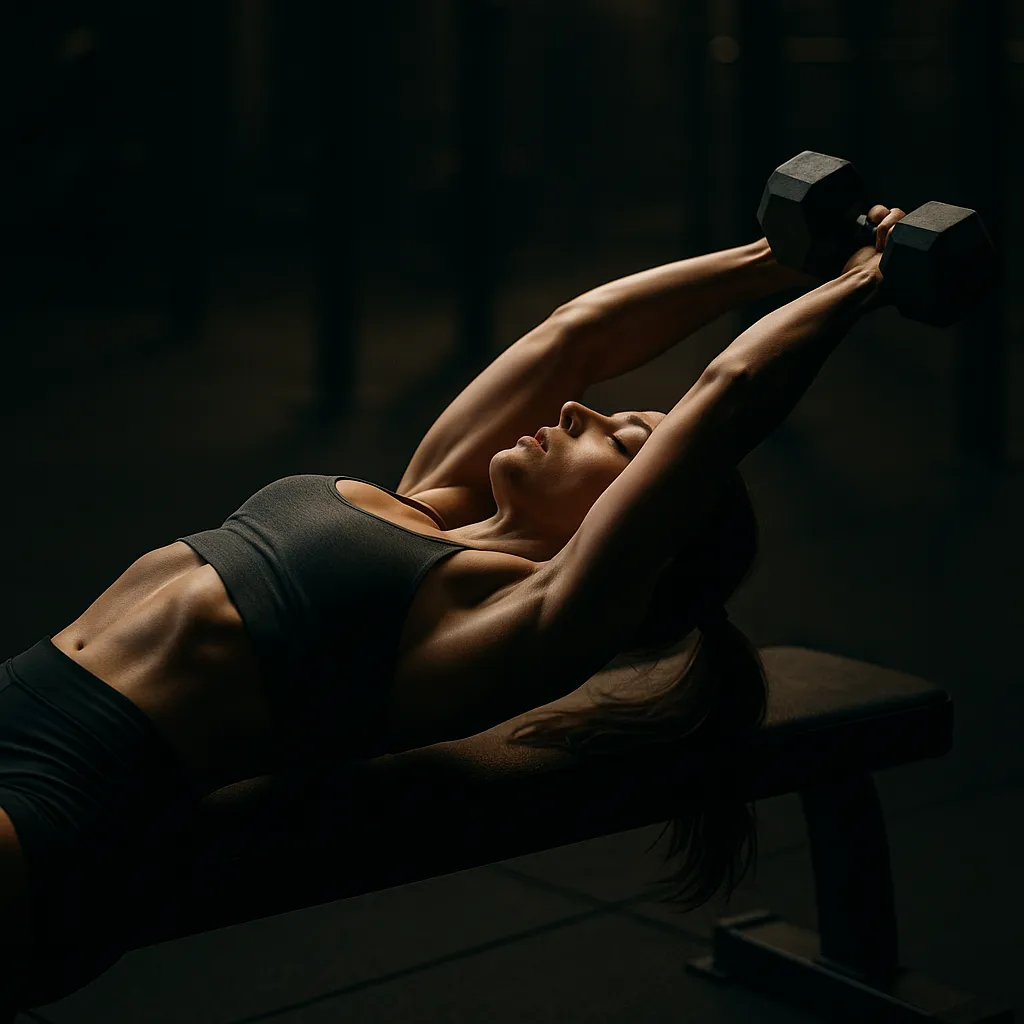
Setup (Steps)
Lie perpendicular on bench with upper back supported; hold dumbbell above chest; keep feet grounded and hips low; brace core.
Execution (Steps)
Lower dumbbell in a controlled arc behind head; pause at stretch; exhale as you return to start; maintain soft elbows and steady tension.
Coaching Cues
“Keep ribs down.” “Control the arc.” “Feel the stretch, then drive.” “Engage your core.”
Common Faults & Fixes
Overarching back → keep abs tight.
Bent arms → maintain soft elbow position.
Moving too fast → slow down eccentric phase.
Programming Ideas
3–4×10–12 reps; pair with incline press or barbell rows; include in upper-body accessory blocks.
Variations
Single-arm pullover, kettlebell pullover, or stability-ball pullover.
Regressions
Floor pullover or band-assisted range of motion.
Standards & Competition Notes
Smooth arc behind head; neutral spine; full extension without joint strain; consistent tempo.
Safety Notes
Avoid excessive load or shoulder strain; control range of motion; keep neck relaxed and spine neutral.
